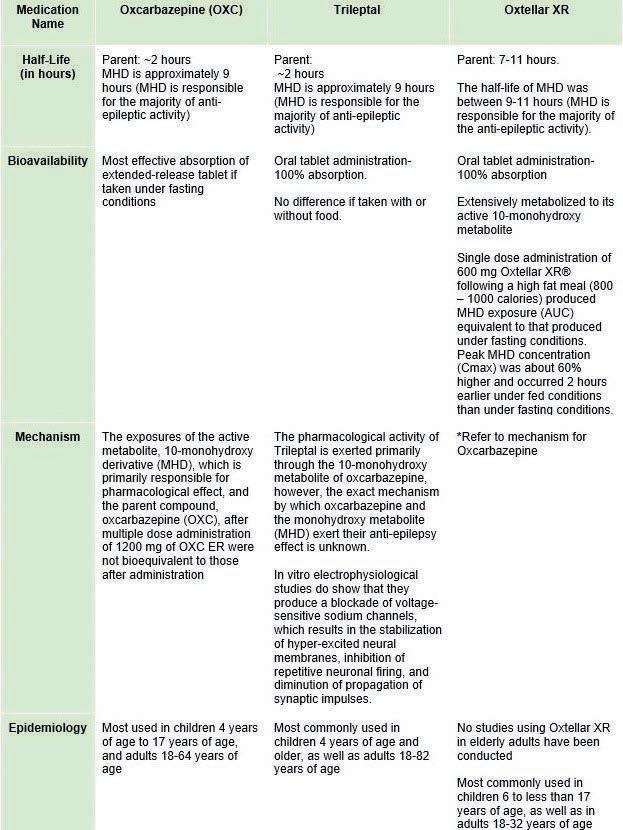Scholarly Research In Progress • Vol. 5, November 2021
Declining National Codeine Distribution in United States Hospitals and Pharmacies Amy L. Kennalley1*, Youcef A. Boureghda1†‡, Jay G. Ganesh1†‡, Adam M. Watkins1†‡, Kenneth L. McCall2, and Brian J. Piper1 ¹Geisinger Commonwealth School of Medicine, Scranton, PA 18509 ²University of New England, Portland, ME 04005 † Doctor of Medicine Program *Master of Biomedical Sciences Program ‡ Authors contributed equally Correspondence: akennalley@som.geisinger.edu
Abstract
Introduction
Background: Past research has identified pronounced regional disparities in use of different opioids but less is known for codeine. The primary objective of this study was to analyze the trends of distribution of prescriptions containing codeine in the United States (U.S.) from 2010 to 2019 based on business type (i.e., hospitals, pharmacies, health care practitioners, teaching institutions). This investigation also analyzed the distribution of prescriptions containing codeine per Medicaid enrollees. In addition, this study aimed to identify regional disparities in prescribed milligrams (mg) of codeine per person across states and identify any extreme values during 2019.
Since 1979, there have been over 600,000 deaths related to drug overdoses in the United States (U.S.) (1). Of those deaths, most have been attributed to opioids, varying from illegal narcotics such as heroin to prescriptions (2). When considering that the "first wave" of the opioid epidemic began in the late 1980s, this number offers an even bleaker picture (3). What began as a good-faith effort to be more proactive in managing pain has resulted in over 2 million Americans becoming addicted to opioids in some form (4). Recognizing this growing issue, various entities at the local, state, and federal levels implemented initiatives directed to combat the problem. One such initiative that began in 2016 was the U.S. surgeon general's "Turn the Tide Rx'' campaign, which focused on providing educational resources as well as a voluntary pledge for clinicians to uphold (5). Despite numerous efforts to "turn the tide," the number of people addicted and dying from opioids continues to increase, so perhaps weaker opioids may provide an alternative.
Methods: The distribution of codeine via pharmacies, hospitals, and practitioners in kilograms was obtained from the Drug Enforcement Administration’s Automated Reports and Consolidated Ordering System (ARCOS) from 2010 to 2019. In addition, the number of prescriptions of codeine per 1,000 Medicaid enrollees was obtained from the State Drug Utilization Database (SDUD) provided by Medicaid. Results: There was a steady decrease (-25.0%) in total grams of codeine through all distributors from 2010 through 2019. There was an increase in total grams of codeine distributed in the U.S. from 2014 to 2015 of +28.9%; this was the largest increase between 2 consecutive years. The largest decrease from 2010 to 2019 for a given distributor type was hospitals, with an -89.6% decrease. Within the same time frame, there was a -20.8% decrease in grams of codeine distributed through pharmacies. Total grams of codeine distributed in Texas was significantly elevated relative to the national average. Conclusion: The peak of prescription codeine in 2011 was consistent with the overall peak in prescription opioids, with a progressive decrease over the following decade. This could be explained by relatively recent recommendations regarding the therapeutic use of codeine and how other antitussive agents may be of better use. The precipitous rise of codeine in Texas that we observed has been recognized in prior studies. The national average prescription for codeine is 50 mg per person, while in Texas it is about 147 mg per person. Additionally, the peak in SDUD data in 2016 might be due to corresponding peak in Medicaid/CHIP enrollees for that year. In conclusion, more research investigating the variance of codeine prescription in Texas is needed.
10
Codeine is a prodrug converted to morphine by the cytochrome P450 enzyme CYP2D6 (6, 7). Morphine, the metabolite that provides analgesic effects, is further metabolized by glucuronidase enzymes to form the inactive metabolite morphine-3-glucoronide and the active metabolite morphine6-glucoronide (6). Genetic polymorphisms of CYP2D6 leads to varied efficacies of codeine based on the phenotypic classifications of ultrarapid, normal, reduced, or poor metabolizer (6, 7). Despite this variation, codeine is the most prescribed opioid in pediatrics (8). According to the 2016 Cochrane Review which examined the efficacy of codeine as a cough suppressant in children, there is a lack of sufficient evidence to support or oppose the use of cough and cold medications containing codeine (9). Various studies have recommended clinicians discover alternatives to codeine prescriptions in reaction to the continuous prescribing of codeine for children. This recommendation is due to the variety of effects and the danger of respiratory depression and mortality in children (10, 11, 12, 13). These suggestions are in accordance with the U.S. Food and Drug Administration's (FDA) 2012 "black box warning" and contraindications for codeine use in children (14, 15, 16).












































